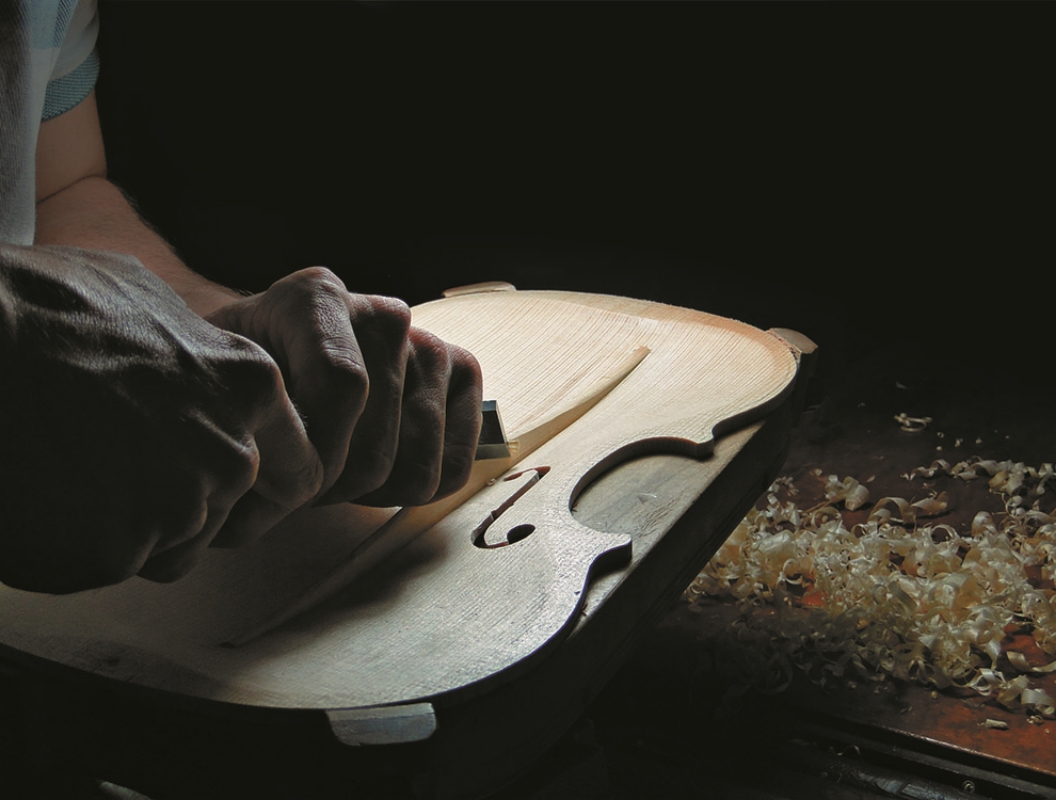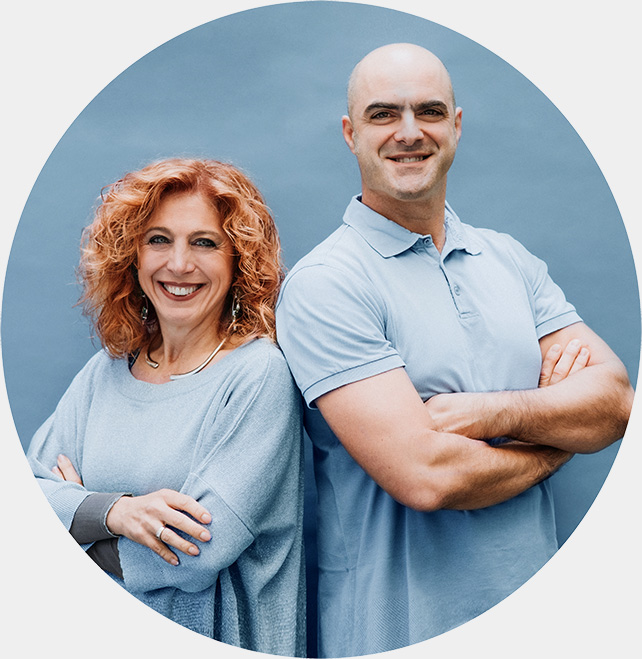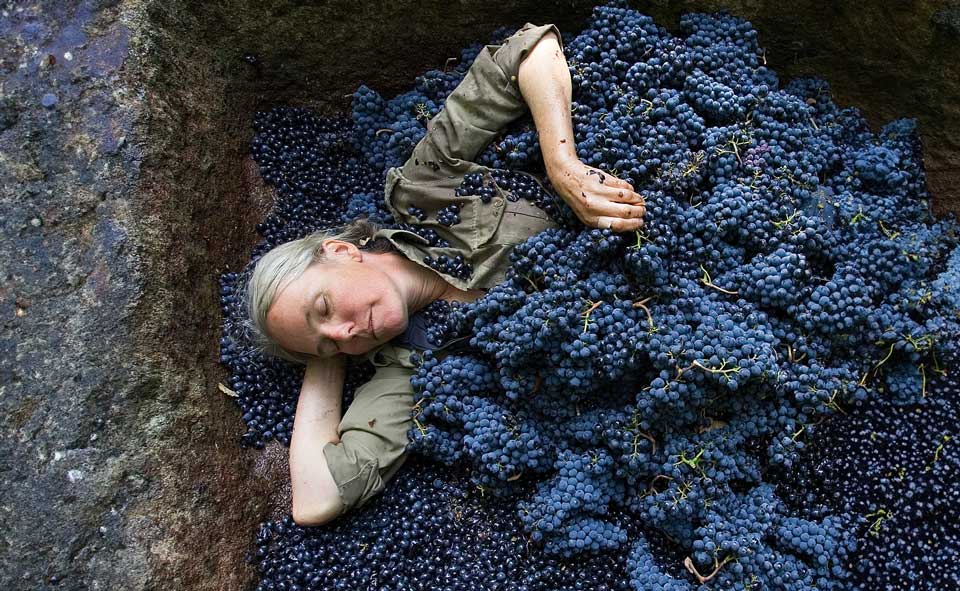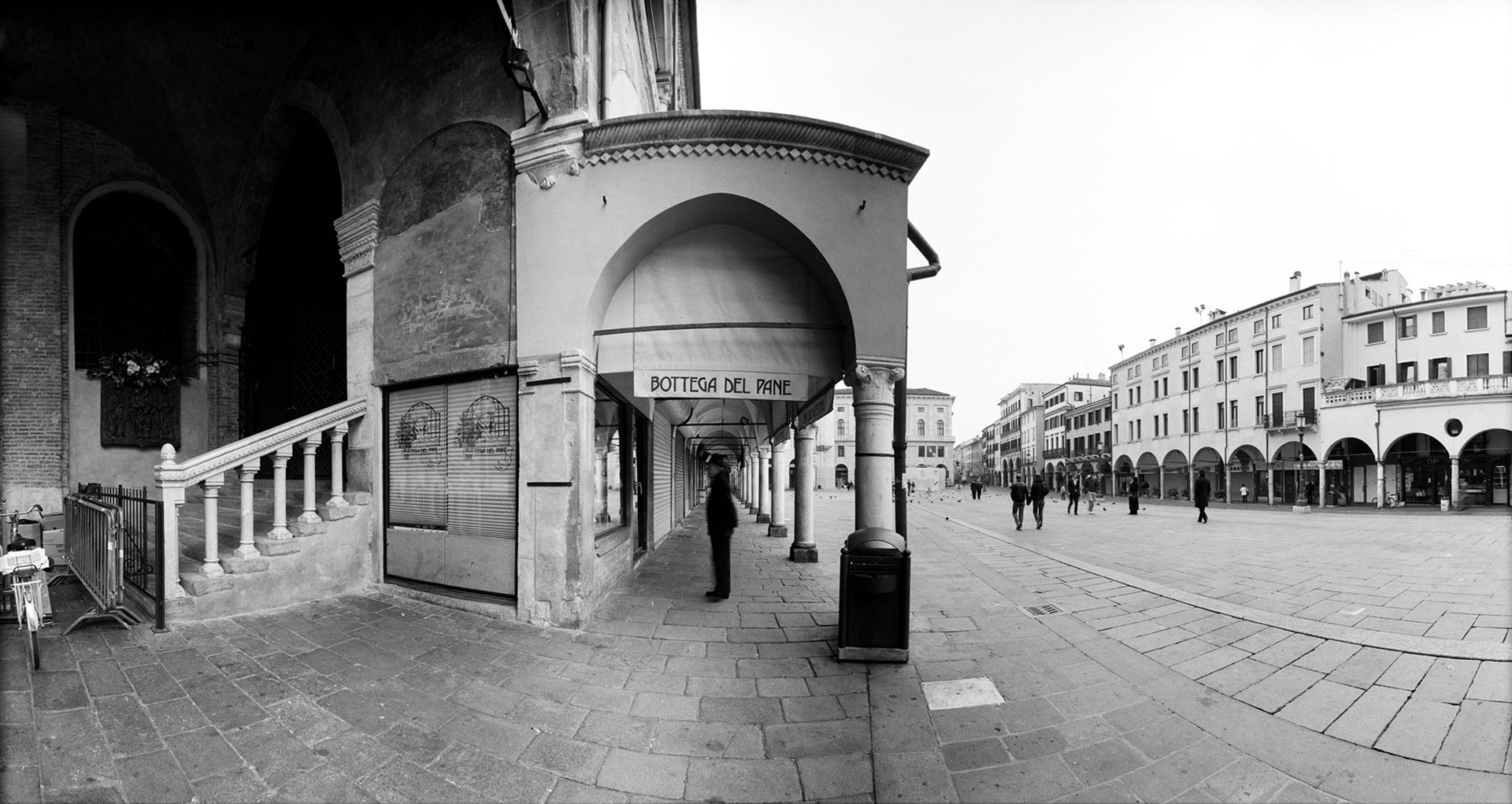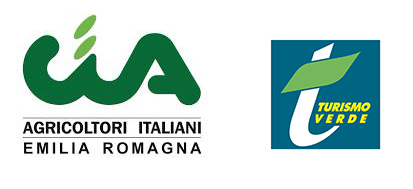
Scrollavezza & Zanrè dal 1955
The Scrollavezza & Zanrè violin making atelier, a model of excellence in the highest Italian craftsmanship, is considered by makemeitaly.it to be an authentic Made in Italy heritage.
Scrollavezza & Zanrè, founded in 2002 in Parma by Elisa Scrollavezza and Andrea Zanrè, is active in the making, restoring and dealing of fine string instruments; the workshop offers assistance in the field of expertise regarding historical instruments, evaluation of their state of preservation and advice on insurance and investments. The studio, accessible from the Parma riverside which connects the railway station to the nearby historical centre, offers a range of services and supplies – from strings to cases and accessories, which meets all requirements of professional players.
The aim of the workshop is to continue the artistic tradition transmitted through the teaching and the work of Renato Scrollavezza, which for over half a century has been, and still is, a synonym of personality, warmth and delicate equilibrium. In making new instruments, as well as in the preservation of antique ones, Scrollavezza & Zanrè strive to attain an ideal of excellence which is constantly pursued in the field of sound, and in the artistic essence of traditional craftsmanship. Starting from 2020, besides the Parma studio, Scrollavezza & Zanrè welcomes customers in the Villa Scrollavezza premises.
Violin Making
In Cremona during the 16th century a method was developed, still unsurpassed today, which guaranteed at the same time the consistency and uniqueness of each instrument.
This process was based on the use of the internal mould, traced following the geometrical and proportional knowledge of the Renaissance; this method can still be used today through the interpretation of the classical models or by the use of the same principles.
It is a process of imitation and natural innovation, as well as natural is the element with which every violin maker begins: the wood. Nonetheless the best materials for making a precious instrument are extremely rare; it is not only the way in which a spruce tree develops, its tight and regular annual growths or the aesthetic effect of the maple curl.
The wood must be selected according to the best acoustic criteria of lightness and resistance; for example only one out of fifty or a hundred pieces of the best quality can be considered suitable for making a Scrollavezza & Zanrè instrument. The same patience and knowledge of the materials is required in the preparation of the linseed-oil varnish, similar in its composition to that of the classical recipes, which consequently has comparable texture, coloring and acoustic characteristics and with a tendency to develop the same patina and wear in time.

